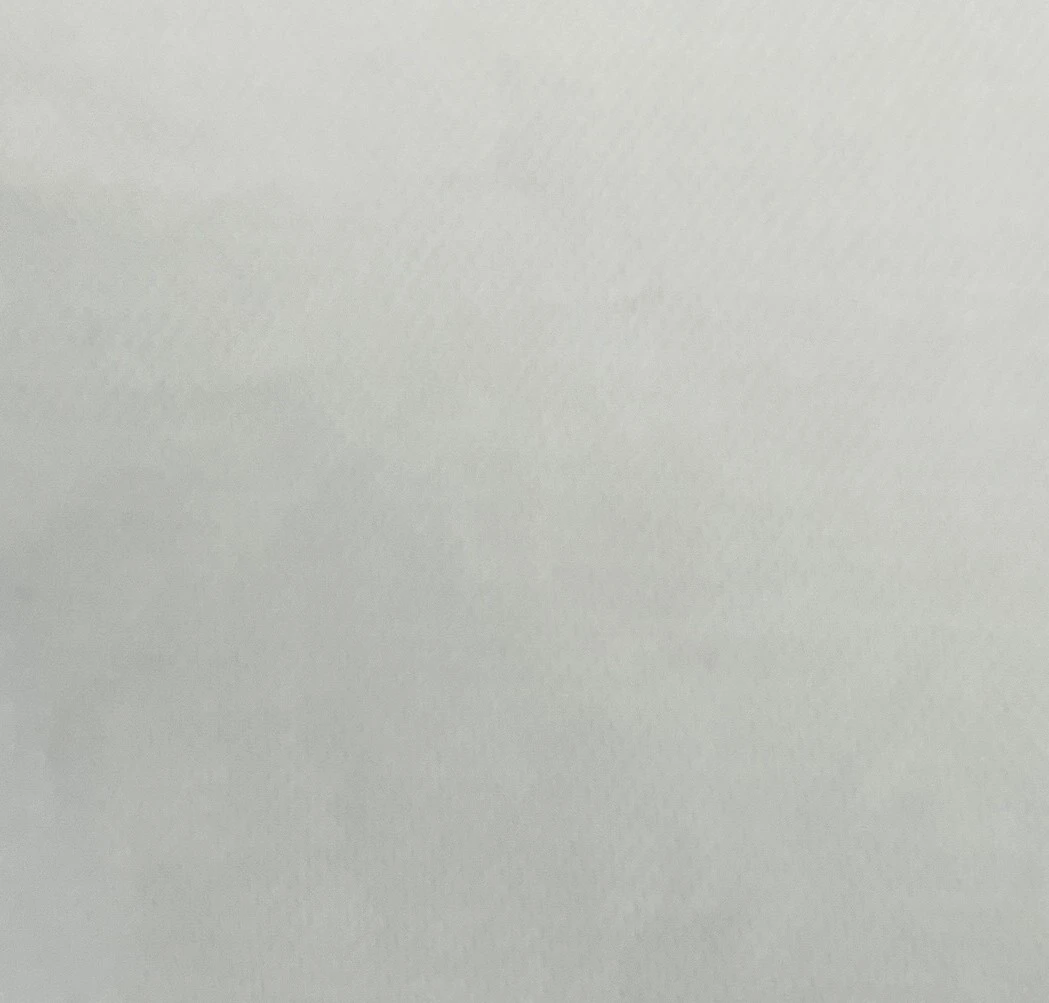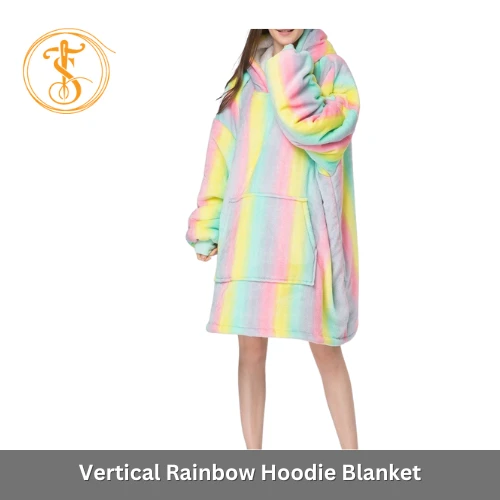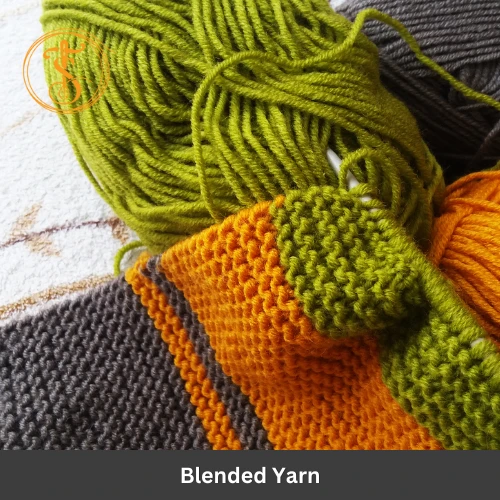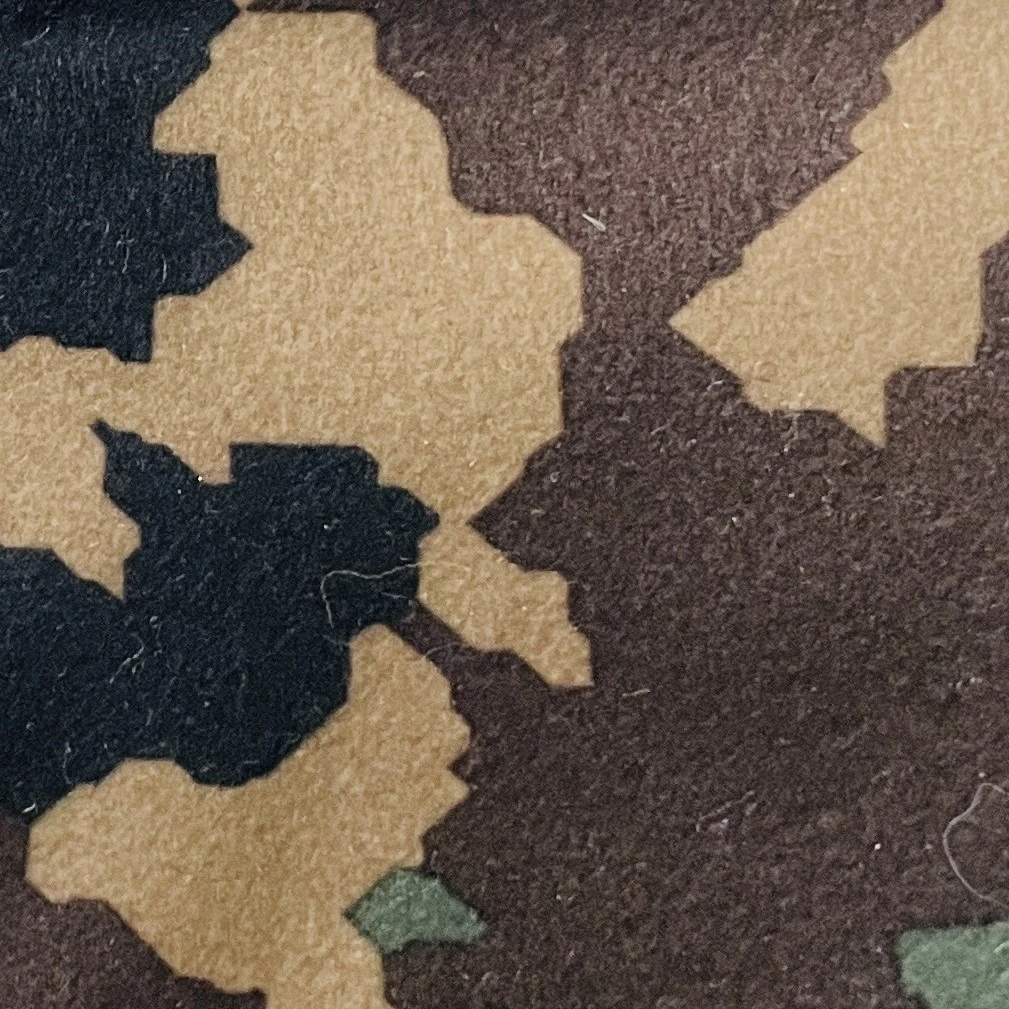Table Of Contents
What is Modal fabric?
Modal fabric is a semi-synthetic textile made from wood pulp, primarily sourced from beech trees. This fabric is renowned for its softness, durability, and eco-friendly production process. Developed in Japan in 1951, Modal has become a popular alternative to cotton and viscose rayon due to its luxurious feel and sustainable characteristics.
Modal, often referred to as modal rayon, is celebrated for its superior smoothness compared to other fabrics. The simplified manufacturing process produces less waste, making it an environmentally conscious choice. Manufacturers and consumers alike value its breathability, moisture-wicking properties, and versatility.
Modal Fabric summarizing its key features:
| features | Details |
|---|---|
| Also Known As | Modal Rayon |
| Manufacturing Process | Semi-synthetic process using beech tree wood pulp; involves cellulose extraction, fiber spinning, and weaving |
| Appearance | Soft, smooth, silky finish with a slight sheen |
| GSM Range | 100–250 GSM |
| Composition Range | 100% Modal or blends (e.g., Modal/Cotton, Modal/Spandex) |
| Construction Range | Woven or knitted |
| Functionality | Optional finishes: TPU (Thermoplastic Polyurethane), PU (Polyurethane), AC (Acrylic Coating), W/R (Water-Resistant), PV (Polyvinyl), PVC (Polyvinyl Chloride) |
| Possible Thread Density Range | 190T–420T |
| Count Variations | 20s–80s (dependent on intended use and blend) |
| Full Width | 57/58”, 59/60”, 71/73” |
| Fabric Breathability | Very breathable |
| Moisture-Wicking Abilities | High |
| Heat Retention Abilities | Low |
| Stretchability | High, especially in blends with spandex |
| Prone to Pilling/Bubbling | Minimal |
| Country First Produced | Japan (1951) |
| Biggest Exporter Country | China (estimated export of 60% of global production) |
| Recommended Washing Temperatures | 30–40°C (machine washable; avoid high heat) |
| Applications | Clothing (e.g., T-shirts, underwear, sportswear), home textiles (e.g., bed linen, towels), technical textiles (e.g., tire cords, socks) |
What is Modal Made from?
Modal is derived from beech tree wood pulp, specifically the European Schneider Zelkova. While other types of rayon, like viscose, can come from a variety of wood sources, Modal exclusively relies on beechwood, ensuring consistency in quality and sustainability.
How is Modal Fabric Made?
Modal fabric is made by following the process:
- Harvesting of Trees: The modal fabric production process begins with the harvesting of beech trees to be rendered into cellulose.
- Extracting the Cellulose: These trees are broken down into chip tare and then purified to extract their cellulose content.
- keeping the Sheet: This extracted cellulose is formed into sheets, which are then steeped in vats of Sodium hydro-oxide called caustic soda.
- Breaking into crumbs: The sheets are broken into crumbs and immersed in carbon disulfide to create sodium cellulose xanthate.
- Creating Fibers: This cellulose xanthate is then immersed in caustic soda once more to create a syrupy solution that is immediately forced through a spinneret to create fibers.
- Forming to Yarn: These fibers are then immersed in the sulfuric acid, stretched, and formed into yarn. The resulting yarn is then washed bleached, rinsed, dried, and loaded into spools.
- Finishing: The modal yarn is ready to be subjected to treatment that may be applied before it is woven into a fabric.
- Weaving: The finished yarn is ready for weaving. After the weaving and dyeing process, the finished modal fabric is going to make textiles.
Modal Fabric Properties:
|
Characteristics |
Properties |
|
1. Breaking Strength |
High |
|
2. Fabric possible thread count variations |
150-300 |
|
3. Density (g/cm3) |
1.53 |
|
4. Fabric breathability |
Very breathable |
|
5. Moisture-wicking abilities |
High |
|
6. Moisture Regain (%) |
11.8% |
|
7. Tenacity (GPD) |
2.2â€4.0 (dry) |
|
3.8â€5.0 (wet) |
|
|
8. Work of rupture (mN/tex) |
11.5 |
|
9. Initial Modulus (mN/tex) |
13300 |
|
10. Heat retention abilities |
Low |
|
11. Stretchability |
High |
Applications of Modal Fabric
Modal’s versatility makes it suitable for a range of products in clothing, home textiles, and technical applications:
- Clothing: Used in underwear, T-shirts, sportswear, and luxury knitwear like tops and lingerie.
- Home Furnishings: Tablecloths, bathrobes, bed linen, and upholstery.
- Technical Textiles: Socks, tire cords, rubber cloths, and stockings.
Blending Modal with cotton, wool, or synthetic fibers enhances its properties, expanding its application in high-end apparel and functional textiles.
Modal vs. Cotton Fabric
1. Hand Feel
Modal is softer and smoother than cotton, offering a luxurious, silky texture.
2. Breathability
Modal outperforms cotton with 50% greater permeability, making it ideal for activewear.
3. Durability
Modal’s long fibers are tightly woven, enhancing its strength and moisture-wicking properties.
4. Warmth
Cotton is more insulating, making it better for colder climates, while Modal’s airy structure suits warmer weather.
5. Maintenance
Modal dries faster but requires regular ironing, while cotton is lower maintenance.
Environmental Impact
Modal is considered more sustainable than other fabrics due to its closed-loop production process, which recycles most solvents and chemicals. Beech trees also require less water to grow, further reducing the environmental footprint.
Comparisons with Other Fabrics
- Modal vs. Tencel: Tencel offers higher strength, while Modal is softer. Both are sustainable but differ in production processes.
- Modal vs. Rayon: Modal is more durable and eco-friendly than viscose rayon.
- Modal vs. Polyester: Modal is biodegradable and breathable, while polyester is synthetic and less sustainable.
Caring for Modal Fabric
- Washing: Machine wash at low temperatures to prevent shrinkage.
- Drying: Air-dry or tumble dry on low heat.
- Ironing: Use a low heat setting to maintain Modal’s smooth finish.
FAQs
1. Is Modal Fabric Eco-Friendly?
Yes, Modal uses a sustainable production process with minimal water and energy consumption.
2. Can Modal Fabric Replace Cotton?
Modal is a premium alternative to cotton, offering superior softness and breathability.
3. Does Modal Shrink?
Modal is less prone to shrinking than cotton but may shrink slightly if washed in hot water.
4. What is the Lifespan of Modal Fabric?
With proper care, Modal fabric is highly durable and retains its quality for years.
5. Is Modal Suitable for Sensitive Skin?
Yes, Modal’s smooth fibers are gentle on sensitive skin, making it an excellent choice for undergarments and babywear.
Conclusion
Modal fabric is a modern textile solution combining luxury, sustainability, and versatility. Whether used for clothing, home textiles, or technical applications, it offers exceptional comfort and durability. By understanding its unique properties and applications, consumers can make informed choices while supporting eco-friendly practices.
















Comments - 00
Leave A Reply
Thanks for choosing to leave a comment.